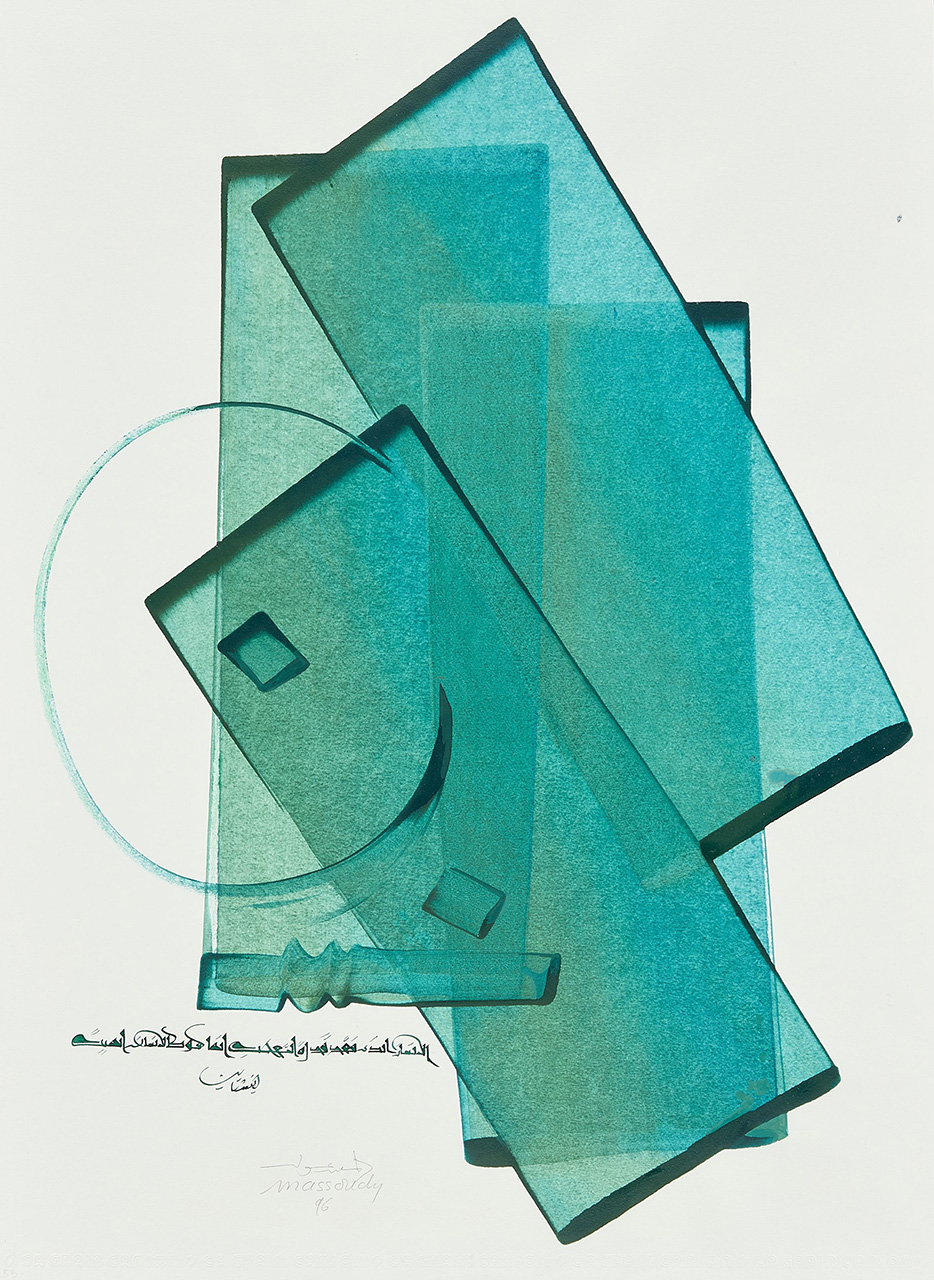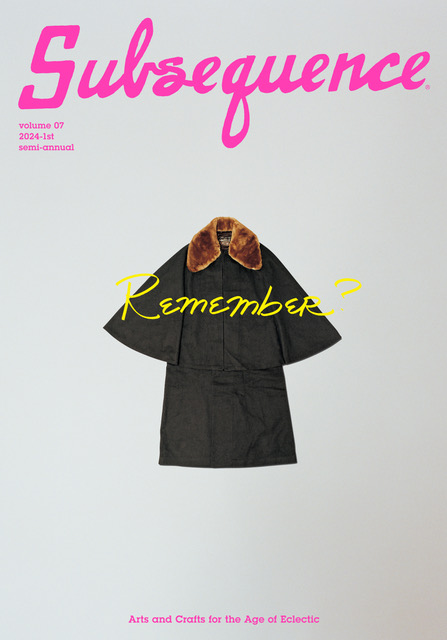https://materiaprima.site

Discovery
Text: Yoshiko Nagai
2023.07.05

“Gariban”, the Japanese word for mimeographs, has a real ring to it. I had heard of them before but had no idea how they work. Hearing that you could try your hand at various printing machines from at least half a century ago at the Gariban Denshōkan (Mimeograph Museum) near Ōmihachiman Station in Saga Prefecture, I decided to head over there.
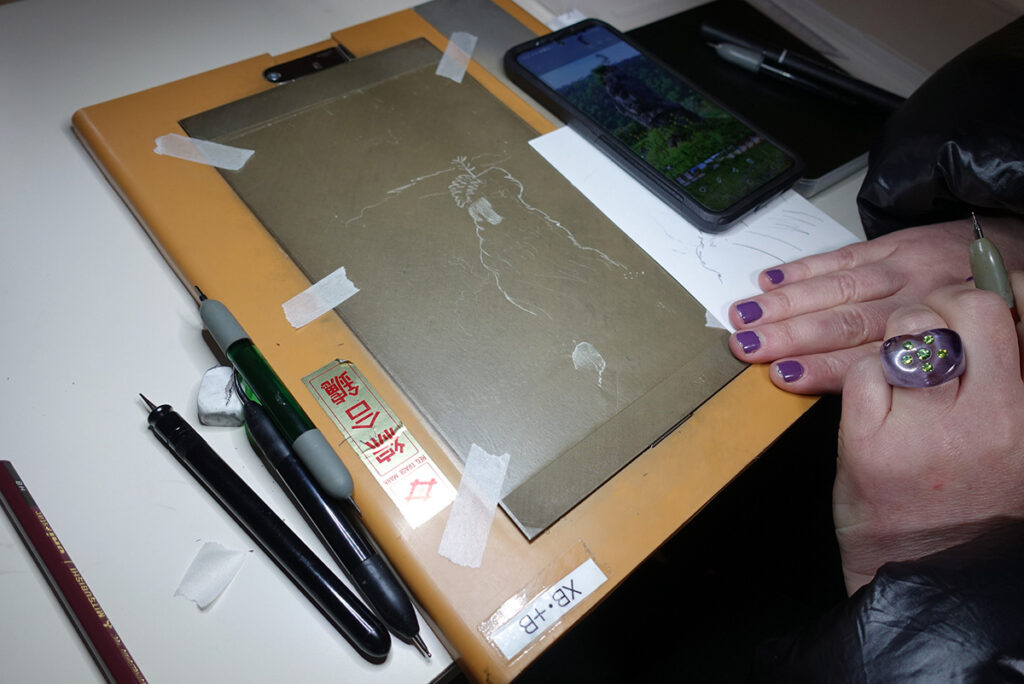


The process reminded me less of the printing process as we know it now and more of woodblock printing. First, you place the original copy of the text or image you wish to print upon a rough plank of wood. On top that you place a translucent piece of gampi paper, made from waxed washi paper, and affix it with tape. Then you trace, or rather rub, the image with a pointed implement. This causes the paper to become white as holes that can’t be seen with the naked eye start to open up. After that, you take the rubbed gampi paper and affix it on top of the printing paper. By using a roller to apply ink, you’ll see that the areas you rubbed—the image or the letters—will be printed upon the printing paper. This method allows you to print at least 100 pages.
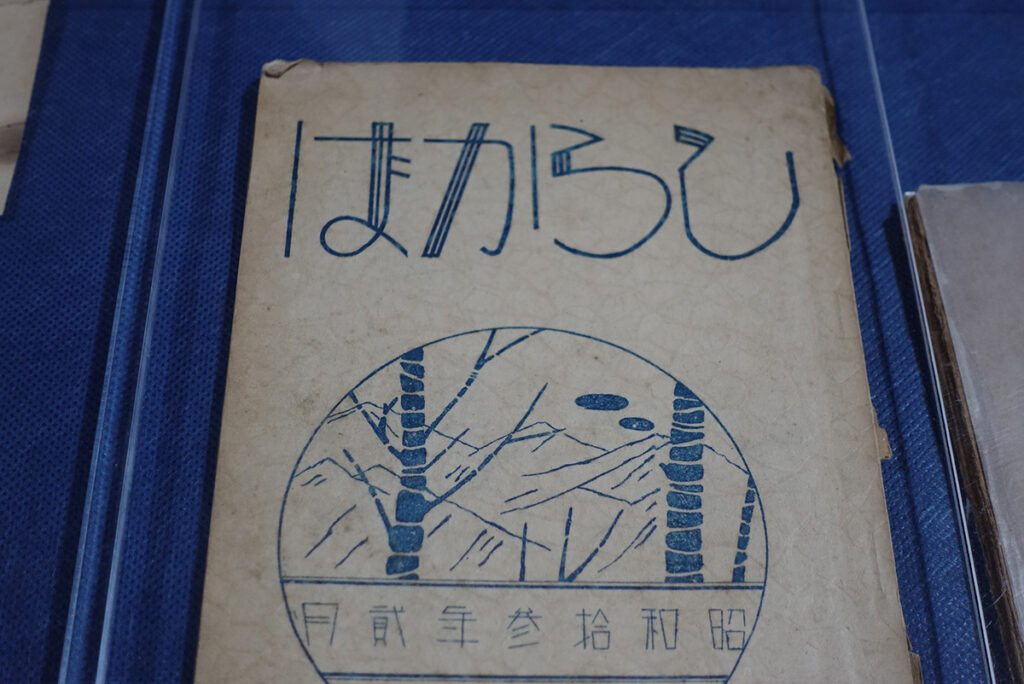
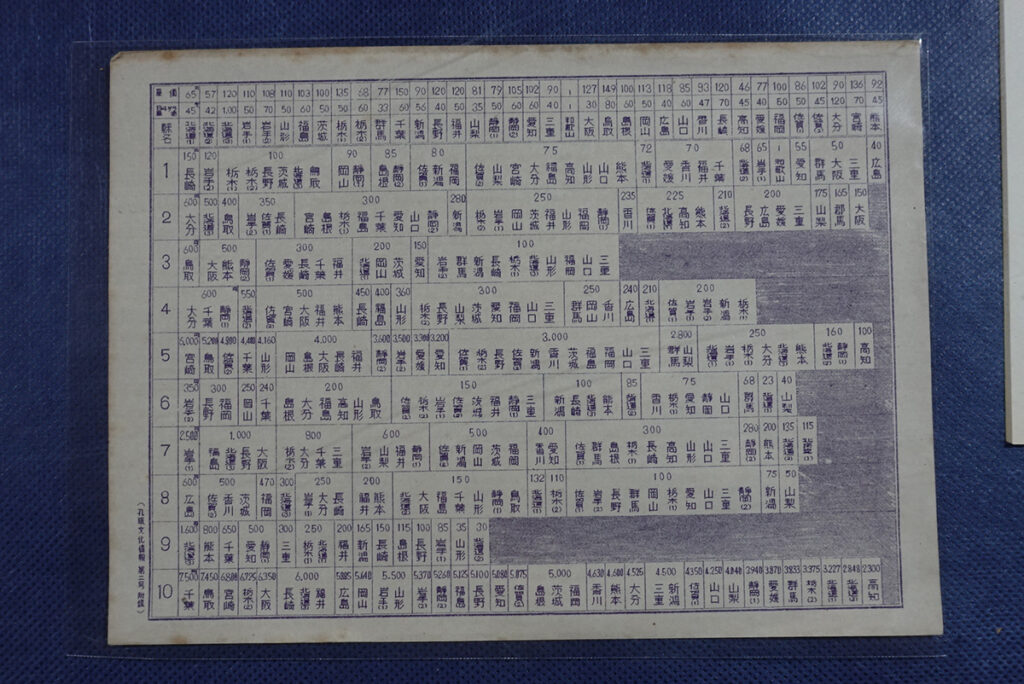
In truth, the proper Japanese word for mimeograph isn’t “gariban” but “tōshaban”. Taking inspiration from the simple printing machine invented by Edison, a merchant from Ōmi called Shinjirō Horii developed the gariban mimeograph technique in 1894. It was used at its peak in the 1960s and was the perfect media form for underground collectives. The museum, which is housed in the Horii’s old home, has on display various tools and equipment as well as various printed published pieces made using the gariban technique. These pieces include newspapers for workers in a bases in the South Pole (containing a list of meals for the week too), a monologue by a woman farmer, and lyric books. The lettering is beautiful and each contains an important message for their community. Going to the museum has really made me realize how much the printing process can affect the content of what is printed.
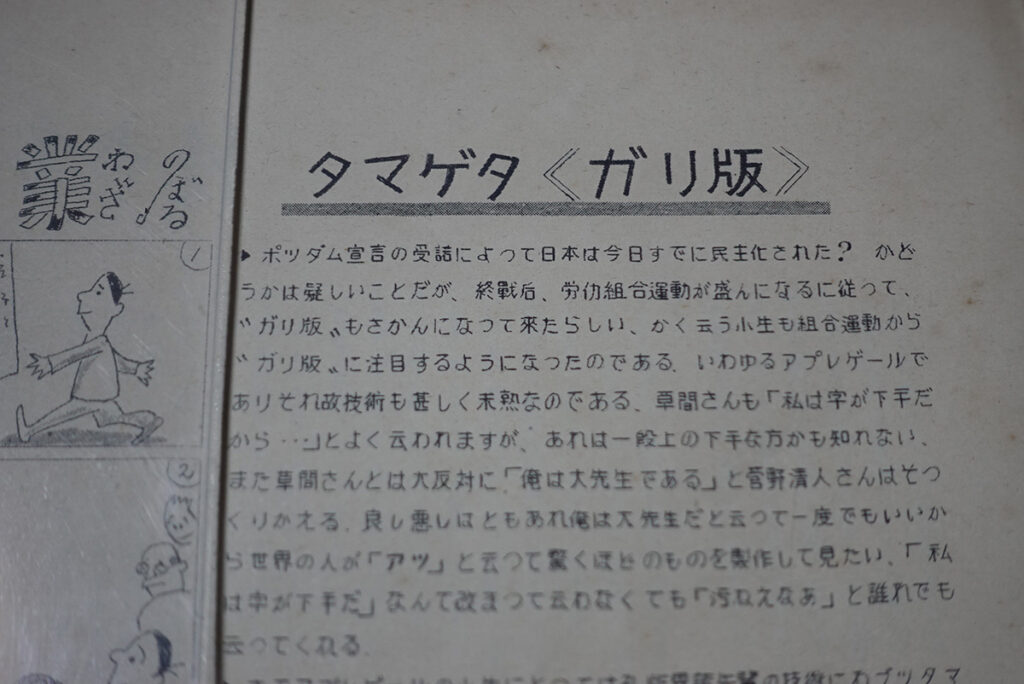
Discovery
Sanma Magazine
2025.06.24

Discovery
“Savor water, Embracing water”
2025.06.04
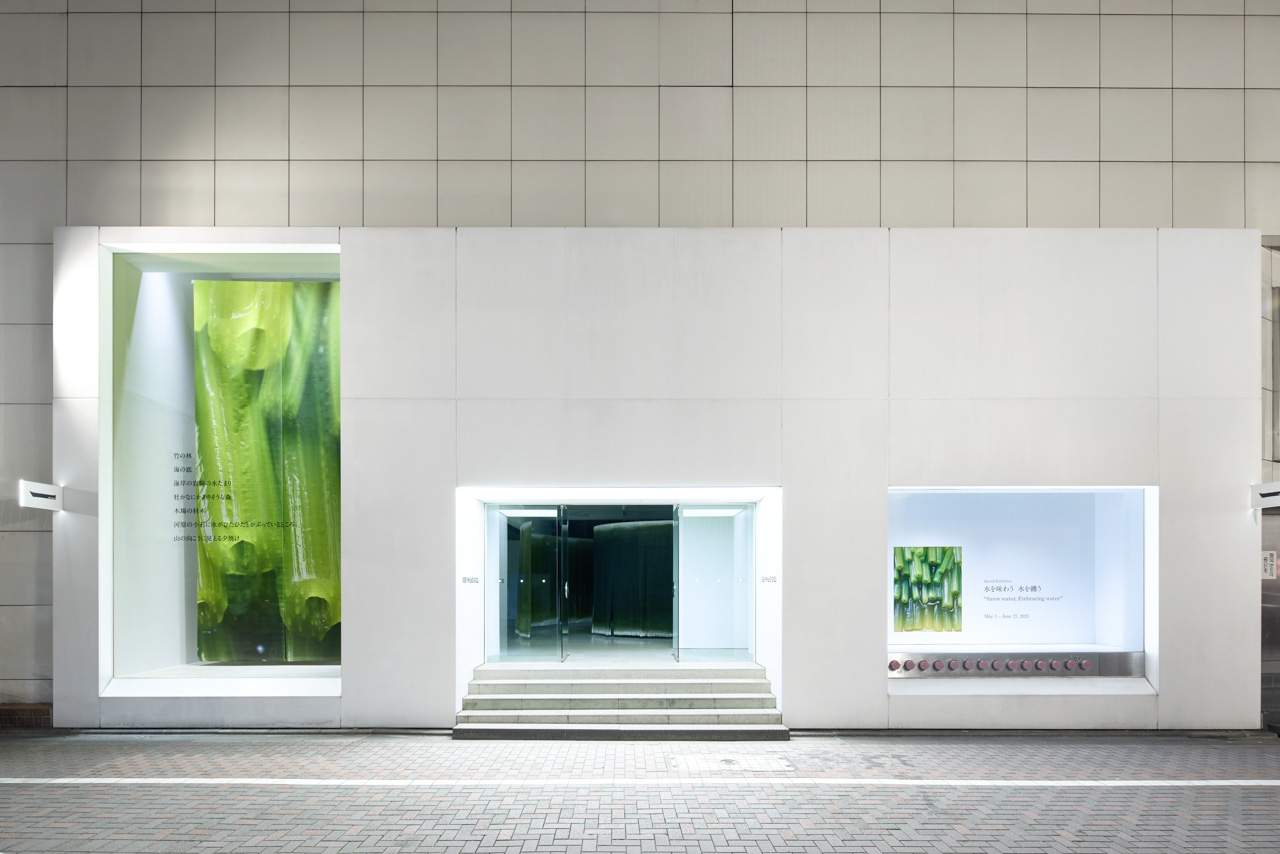
Discovery
Lol Coxhill & Veryan Weston 『A NIGHT IN GLOUCESTER AVENUE』
2025.05.30

Discovery
Arabic alphabet
2025.04.28
